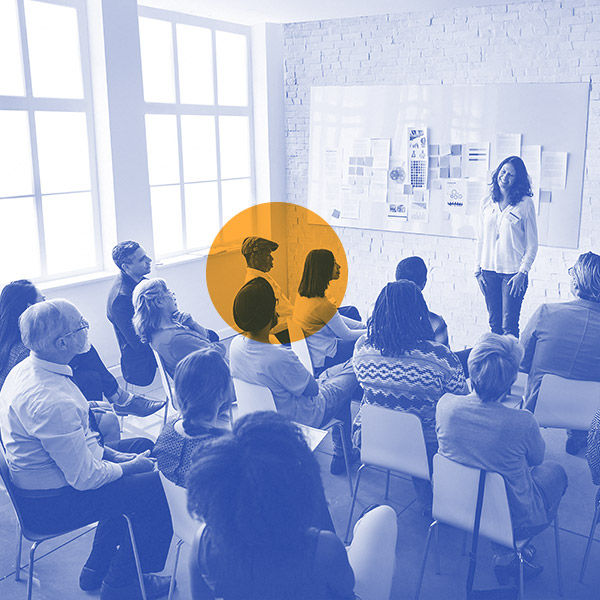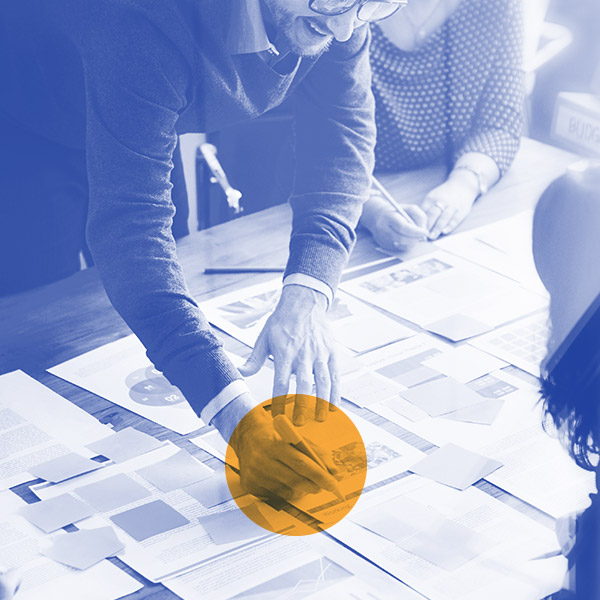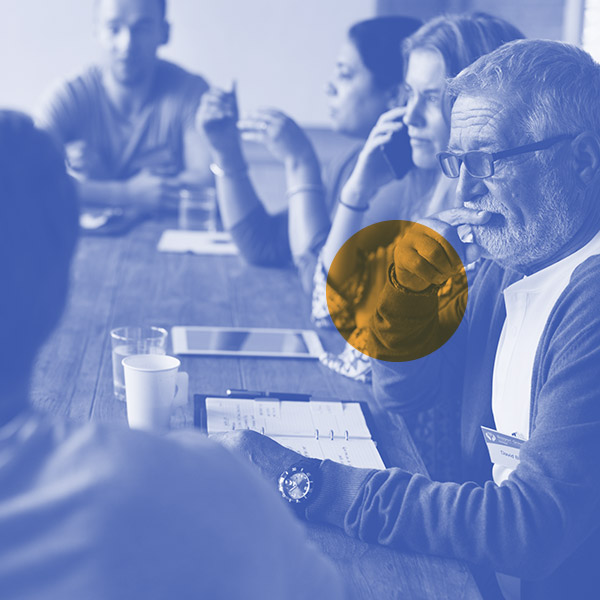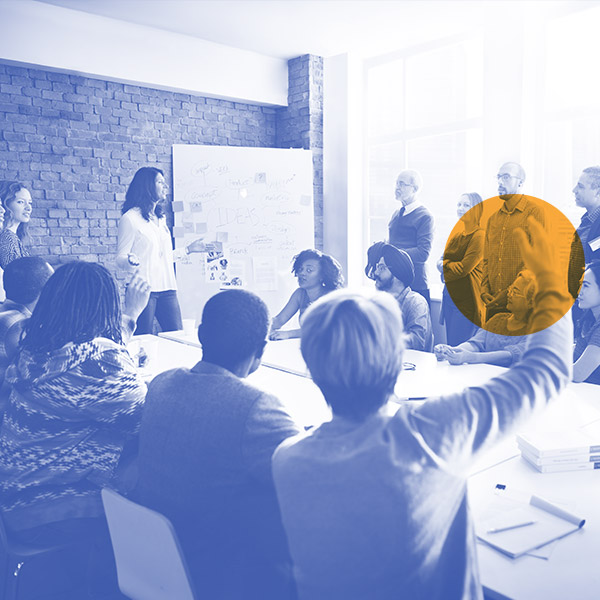Inviting Participation
Outreach activities, such as surveys, focus groups, and community meetings and involvement at events should elicit experiences and recommendations from a wide spectrum of transportation users and non-users. To whom should you reach out? Start with people with disabilities and older adults. Consider outreach to specific transportation-challenged populations in your region, such as veterans, low-wage workers, students, non-English speaking individuals, new immigrants, and refugees. Consider also whether there are groups within any population with particular pressing needs, such as people who are deaf or hard of hearing.
Equally important are activities that engage a smaller cadre of committed participants who form an advisory group/expert panel that meets regularly throughout the project and assumes leadership roles in the inclusive planning process.







